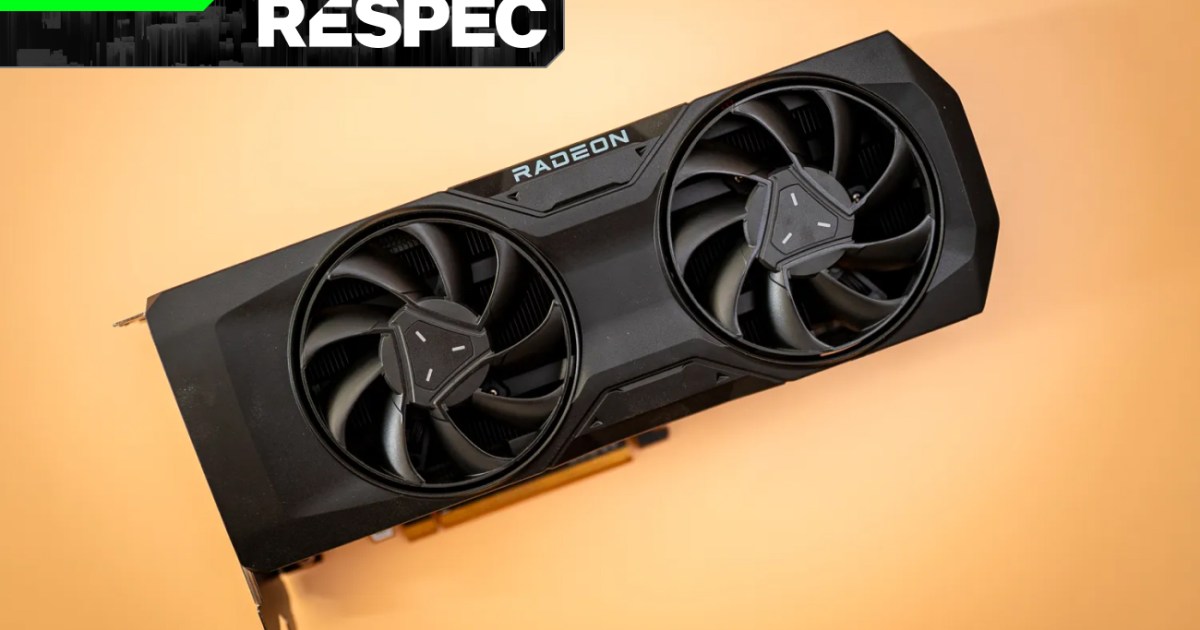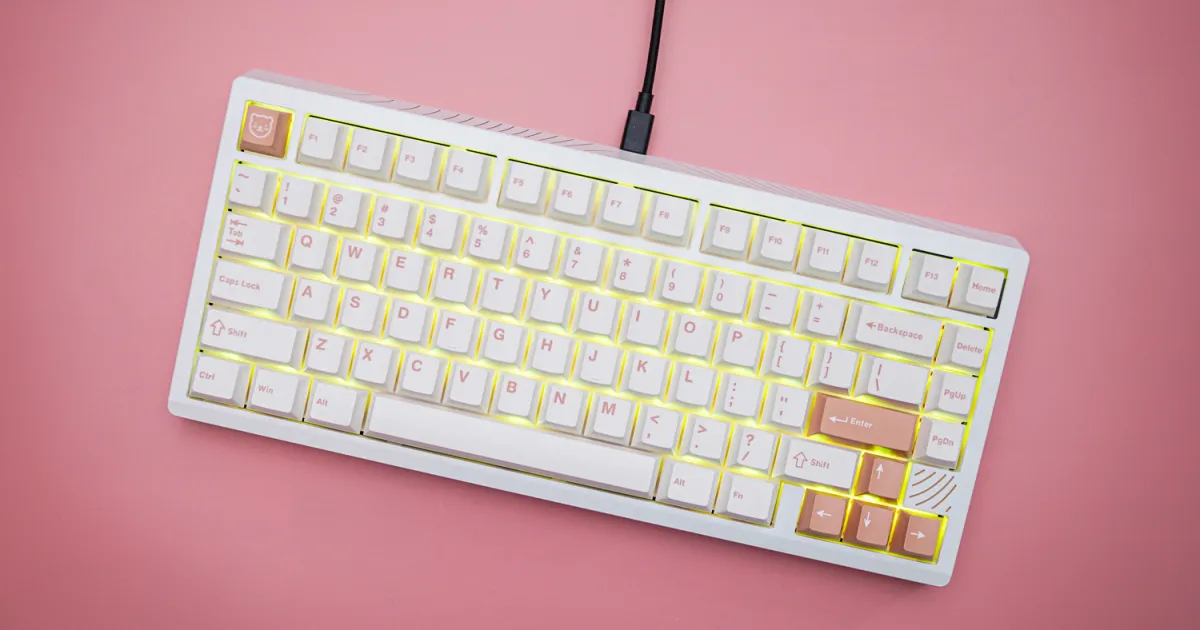Steam Deck OLED alert burn-in risk after 1500 hours
The Steam Deck OLED shows a minor burn-in effect after 1500 hours of use, or 750 hours at maximum HDR brightness
Steam Deck OLED: Understanding Burn-in and its Impact on Gaming
🔥🎮 Burn-in Alert! The latest reports from TechSpot reveal that the highly anticipated Steam Deck OLED is susceptible to burn-in effects. After approximately 1500 hours (or 750 hours at maximum HDR brightness) of gameplay, users may start noticing a “ghost image” of frequently displayed graphics on their screens. ⚠️
Why is Burn-in a Concern?
🤔 First, let’s understand what burn-in exactly entails. Burn-in occurs when the most used pixels on a screen burn out, leaving behind a faint and persistent afterimage. In the context of OLED panels, it typically occurs when a still image, such as the static UI elements in games, is displayed for an extended period.
Can Burn-in Be Avoided?
⛔️ The unfortunate reality is that complete avoidance of burn-in is nearly impossible, especially for avid gamers. However, there are measures you can take to mitigate its impact. One quick fix is to minimize the use of HDR settings and reduce brightness to the lowest comfortable level possible.
Comparing Steam Deck to Rival Devices
⚔️ So, how does Steam Deck’s burn-in compare to other gaming devices? Let’s take a look.
🎮 Steam Deck OLED: According to YouTubers like Wulff Den and The Phawx, burn-in issues start to appear after approximately 1000 to 1500 hours of gameplay. This might seem concerning, but keep in mind that Steam Deck’s high peak brightness of 1000 nits (or 600 nits for reduced SDR play) allows for a longer lifespan before burn-in becomes noticeable.
🎮 Nintendo Switch OLED: In contrast, the Nintendo Switch OLED shows minor burn-in only after around 3600 hours of gameplay. While this may seem like a significant advantage compared to Steam Deck, it’s important to note that the Switch OLED’s brightness output is capped at 350 nits. Consequently, it takes longer for its pixels to fade.
📈 It’s clear that burn-in is an inherent issue with OLED screens, and manufacturers are working towards minimizing its impact. Moreover, it’s important to recognize that the severity of burn-in varies based on factors such as peak brightness, usage patterns, and duration of gameplay.
🔍 Additional Q&A on Burn-in:
Q: Can burn-in affect other OLED devices, such as smartphones? A: Absolutely! Burn-in is a potential concern for any OLED display, including smartphones. However, with regular usage and diverse screen content, burn-in issues are less likely to be noticeable on mobile devices compared to gaming devices with static UI elements.
Q: Are there any long-term solutions to prevent burn-in? A: While complete prevention is challenging, manufacturers are continuously researching solutions to minimize burn-in. This includes AI algorithms that dynamically shift pixel usage and innovative pixel refreshing techniques. However, it’s essential to keep in mind that no solution is foolproof.
Q: Can burn-in occur while watching movies or TV shows on OLED screens? A: While burn-in is relatively rare during typical movie or TV show viewing, the risk increases when certain elements, like static logos or UI elements, are consistently displayed. However, by regularly changing the content displayed on your screen, you can significantly reduce the chances of burn-in.
The Future of OLED Gaming Devices
🔮 As technology evolves, we can expect OLED displays to become more resilient to burn-in. Manufacturers are committed to pushing the boundaries of innovation and finding new ways to improve the longevity and overall experience of their products. While burn-in may remain a concern for some time, advancements will continue to address this issue.
💡 For more information on gaming devices, OLED screens, and the latest tech updates, check out the following resources:
- Digital Trends: How Steam Deck Became the Ultimate Cross-Platform Gaming Machine
- TechSpot: Steam Deck OLED Report
Now, over to you, dear readers! Have you noticed burn-in issues on your OLED devices? Share your experiences and thoughts in the comments below! And don’t forget to spread the word about burn-in concerns in the gaming community. Together, we can make informed choices and embrace the exciting world of gaming technology! 🚀🎮✨






